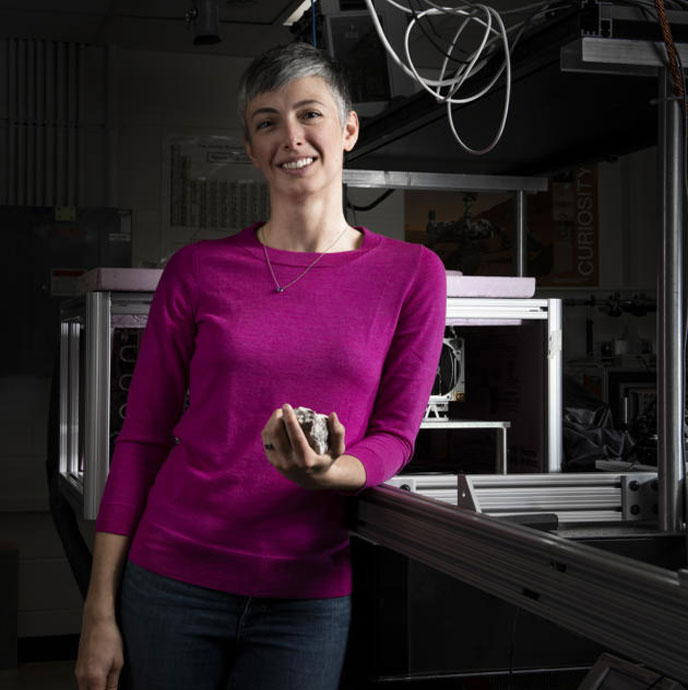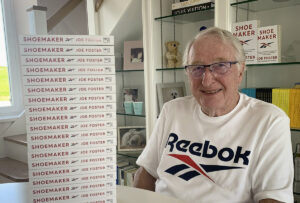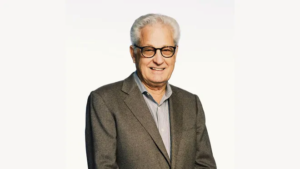Nina Lanza was seven years old when her parents took her to an outreach event in Boston, Massachusetts to observe Halley’s Comet. Just a child, Nina found the lecture to be quite boring and not having spent much time thinking of space yet, she didn’t pay much attention.
But when Nina went up to the roof and looked through the telescope for the first time, everything changed. “I realized that the night sky wasn’t just a dome,” Nina remembers. “There’s space up there. Its three-dimensional space filled with things — and we don’t even know what’s out there — and I knew from that moment on that I wanted to spend the rest of my life studying. I wanted to learn what’s out there.”
And thus, her passionate interest in space began.
Today, Nina is a first-class Mars rover operator, currently a Staff Scientist at Los Alamos National Laboratory in the Space and Remote Sensing group (ISR-2)—a branch developing and applying remote sensing capabilities to problems of global security and related sciences. Here, Nina operates the Curiosity Rover’s ChemCam.
Her job is to control the ChemCam instrument that is attached to the Curiosity rover—one of five NASA rovers sent to the red planet—using a rock-vaporizing laser that analyzes the Martian surface. Per the instructions of a special team, Nina uses this instrument to shoot Martian rocks with a laser and then her team analyzes them.
“The microphone is not just to listen to what the aliens are saying,” Nina jokes. “Having sound from another planet is another way to make it more of a real place,” says Nina, explaining that the sound comes from a shockwave generated by the heat and vibration of the rock vaporization. “More of a snapping sound than a pew pew.”
Making science fun.
Nina’s outgoing, fun-loving personality brings a life to science in a way that few others can. She is broadly interested in understanding the history of water and the potential for life on Mars; however, her most recent work focuses on manganese in the Martian environments and its implications for habitability and bio-signatures.
She is currently living her dream of working on a spaceship with lasers on Mars and encourages young women to experience the joy of going into a scientific field, despite the occasional old-school attitudes and gender stereotypes.
“You never know what might spark a lifelong interest in someone.”





















